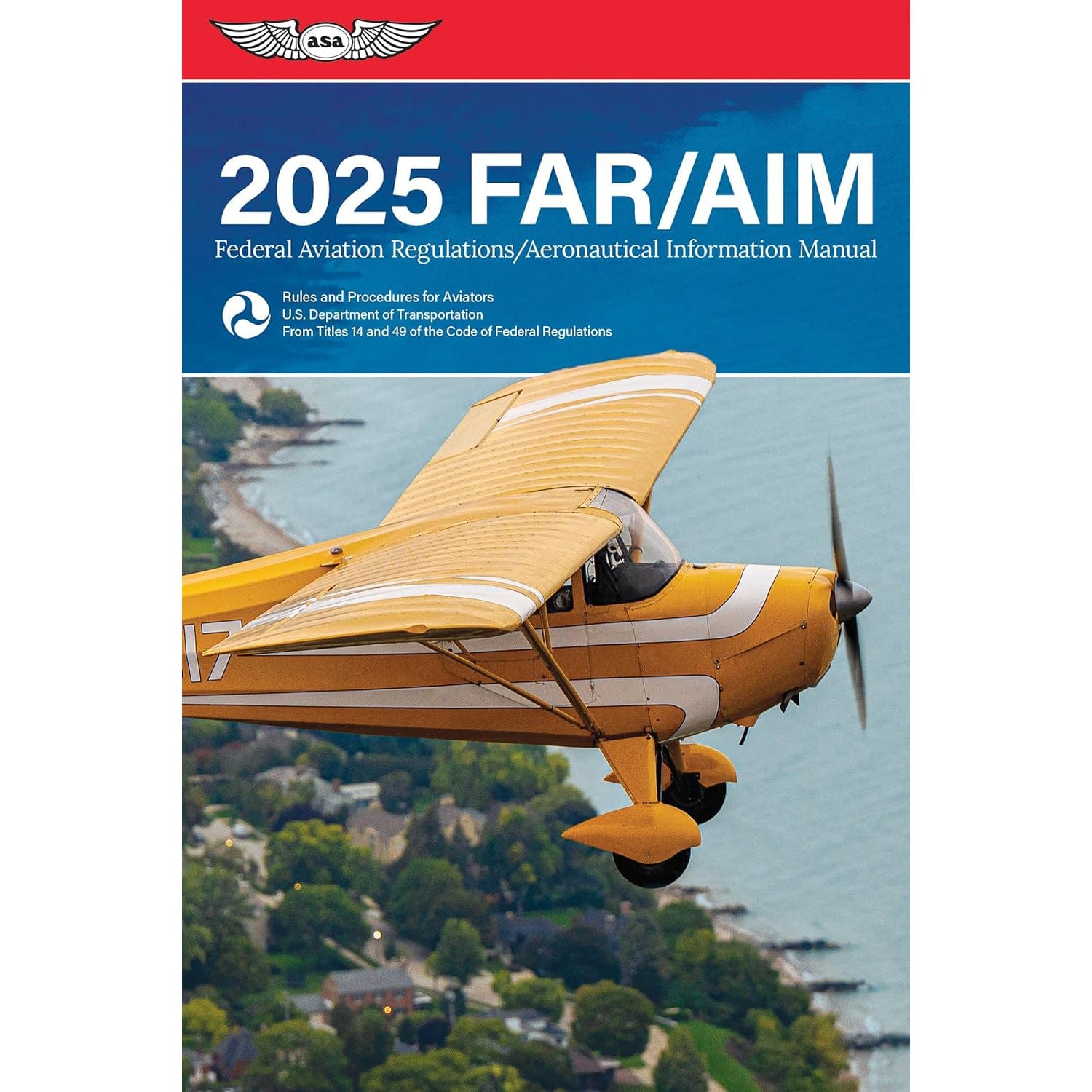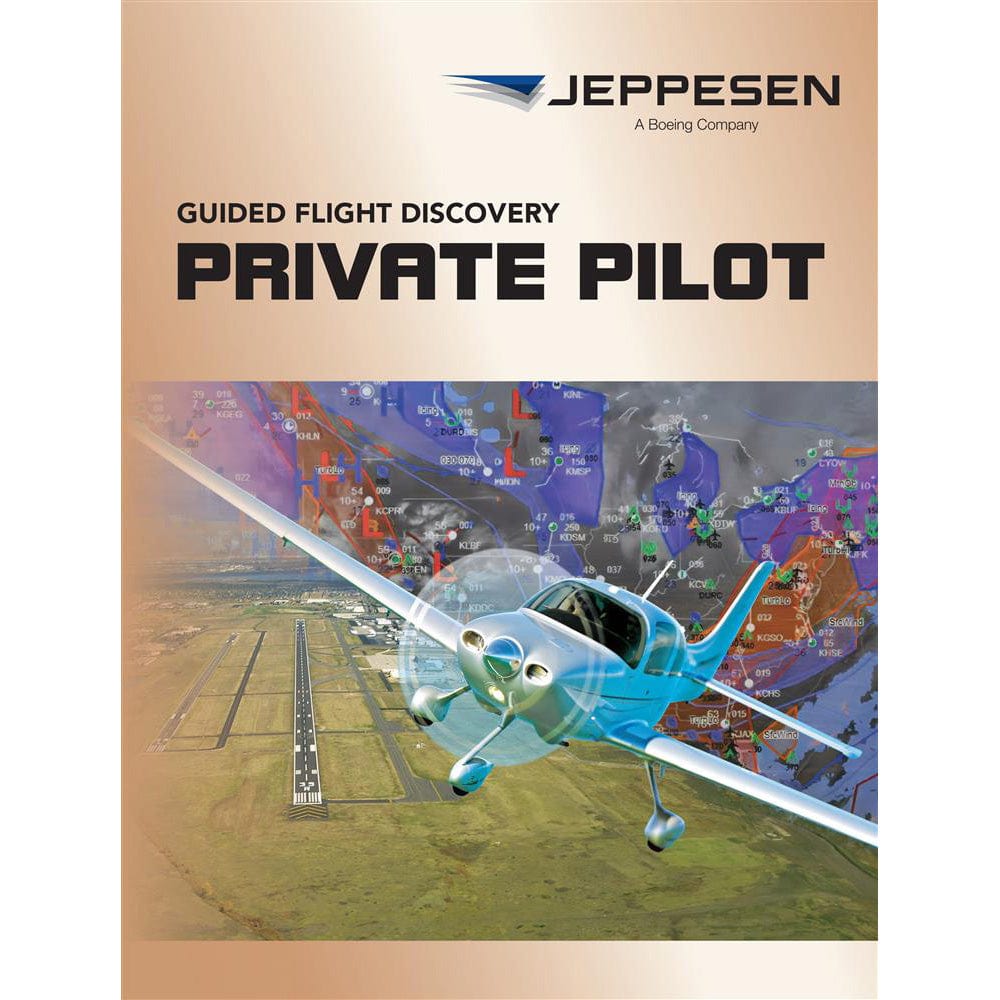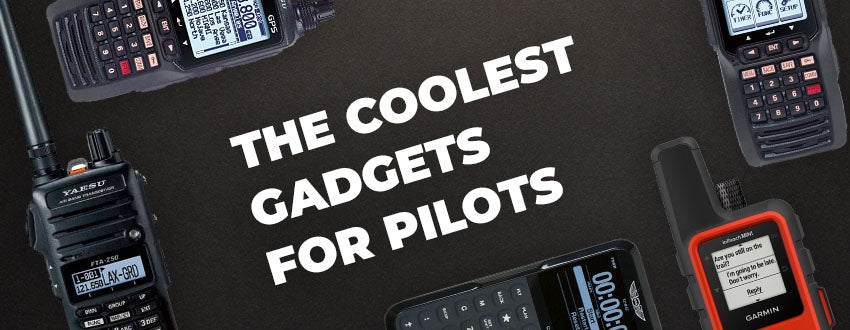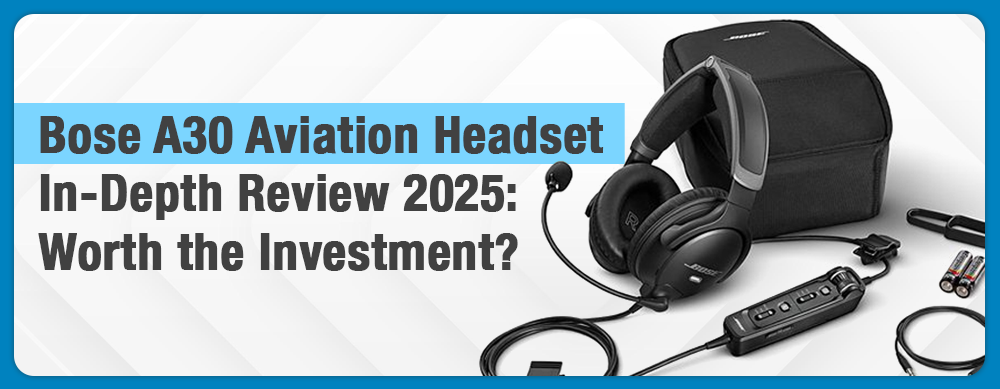A guide to breaking down the differences between sailplanes and gliders.
Glider aircraft and sailplanes look like a lot of fun to fly, but for many people, when you're trying to figure out the differences between sailplanes and gliders, it can seem like they’re practically the same thing. Aren't they?
Well, not exactly, and honestly, they do share a lot of similarities—they're both designed for flying without powered flight, relying on natural forces like wind and rising air currents.
But once you dig a little deeper, you start to see that there are some pretty important distinctions, especially when it comes to performance and design.
In this article we're going to answer the "sailplane vs glider" question and see what sets these two unpowered aircraft apart.
Ready to become a glider pilot or a sailplane pilot? Good! Let's get started!
SUMMARY
-
An overview of gliders and sailplanes
-
Learn about the main differences between the two aircraft
-
Performance characteristics of gliders and sailplanes
-
Understand the common uses and advantages

What Are Gliders?
The Federal Aviation Administration (FAA) describes the definition of a glider as a heavier-than-air aircraft that manages flight through air against its lifting surfaces. The word "glider" is used for the rating that can be put onto your pilot certificate after you complete the glider knowledge and practical tests.
In less technical terms, gliders are aircraft specifically built to stay aloft without any onboard power(an engineless aircraft). This means they rely entirely on external forces like being towed by a plane or using winch launching to get them into the air.
Once they are airborne, a glider uses air currents (rising air), called thermals, ridge lift, lee waves or convergence zones, to gain altitude and glide through the sky.
You’ll find that many modern gliders have a lightweight design with fixed landing gear and long wingspans. This setup help to maximize their lift and keeps them airborne for extended periods.
Even though you might think that they're simple in design, gliders actually come with some really extraordinary aerodynamic features that allow them to travel long distances!
Many gliders today use lightweight materials like fiberglass or carbon fiber, which help them achieve some impressive glide ratios and offer good gliding performance.

Motor Gliders
A motor glider combines the best of both powered flight and gliding flight. A glider with a motor has a small engine, and you can take off and climb just like a powered plane, but once you're at a comfortable altitude, you can shut the engine off and glide.
The propeller on a motor glider often retracts or folds to help reduce drag so you can enjoy the quiet flight of a traditional glider. The motor gliders are ideal for long-distance flying or training since they give you the freedom to switch between powered and unpowered modes.
In truth, a good glider can cover 30 meters(98.42 feet) forward while only losing 1 meter of altitude! It’s no wonder that gliders are popular for recreational flying, competitive sports, and even research. They're incredibly fun to fly and offer an amazingly unforgettable flight experience.
NOTE: These gliders are not meant to be confused with a hang glider. Hang gliders are lightweight, flexible-winged aircraft where the person flying it is suspended and controls the flight by shifting their body weight versus using flight controls.
If you want to learn more about gliders, you can check out the FAA's Glider Flying Handbook.

What Are Sailplanes?
Sailplanes are more advanced than gliders are. Technically speaking, a sailplane is a type of glider, but it's designed for longer flights and it has higher performance.
The nice, sleek, aerodynamic design of a sailplane allows it to soar for hours, and it uses natural air currents to stay aloft in the air.
The wings on a sailplane are usually longer than the ones you see on a regular glider, which gives it better lift and greater glide capability.
Another fun fact, is that some sailplanes are even equipped with retractable landing gear! This helps to reduce drag and boosts up their total performance.
Materials are what makes a sailplane stand out. There are advanced composites like carbon fiber and Kevlar keep them lightweight while still strong enough to handle the stress of long and high-altitude flights.
These two combinations of materials and amazing design make sailplanes perfect for competitive soaring, since they need to stay airborne as long as possible.

Key Differences Between Gliders and Sailplanes
One of the easiest ways to distinguish the difference between a glider and a sailplane is by looking at their wings.
Sailplanes usually have longer wings that also have a higher aspect ratio, that means they’re designed for more capable flight. This makes sailplanes better at using air currents to maintain altitude over longer distances, where on the other hand, many gliders are intended for shorter flights or recreational use.
There's another difference, which is found in in their landing gear. Sailplanes often come with retractable landing gear, this helps to reduce drag and lets them glide more skillfully. Whereas gliders usually have fixed landing gear and this makes them lighter, but it can also create more drag during flight.
And while gliders are often simpler in design, sailplanes tend to be packed with instruments to help pilots navigate, track air currents, and optimize their flight.
Common Uses for Sailplanes and Gliders
Both sailplanes and gliders have their own specific uses.
Gliders are often used for recreational flying or training because they’re fairly easy to operate and to keep up with maintenance.
Sailplanes are preferred for competitive soaring events or long-distance flights. This is because of their ability to stay airborne for long hours, combined with their higher performance capabilities. That makes sailplanes the aircraft of choice for serious glider pilots.
In the end, whether you choose a glider or a sailplane depends on what you’re hoping to get out of the experience. If you’re looking for something simple and fun, a glider is a great way to go.
But if you want to push the limits of how far and how long you can fly without an engine, a sailplane will offer a more advanced, thrilling experience.

Which Should You Choose: Glider or Sailplane?
If you're torn between choosing between a glider or a sailplane, it really depends on what you’re looking to get out of your flight experience.
Most gliders tend to be more accessible and simpler in design, this makes them great for short, recreational flights. They also tend to be easier to find training for and you can enjoy the beauty of flight without aiming for doing high-performance maneuvers.
If you’re a beginner or just want to experience the thrill of gliding, a standard glider might be the best option to go with.
Sailplanes are high-performance gliders. They’re built to soar for hours. You’ll find that sailplanes are favored by competitive experienced pilots and those looking to push the boundaries of distance and altitude.
If you’re after longer, more technical flights, and don’t mind the more challenging controls, then a sailplane is right up your alley.
Ultimately, one isn't better than the other, it's just about your personal preferences and the type of experience you want to have in the air.

Frequently Asked Questions
-
Are sailplanes harder to fly than gliders?
Sailplanes are usually considered to be advanced and can require more skill because they have enhanced control systems and longer flight potential. But don't let that discourage you, with proper training you can learn to fly both gliders and sailplanes safely.
-
Are heavier gliders harder to fly?
A heavy glider is faster and can keep its momentum better, but they are less efficient in weaker thermals and can respond more slowly to rising air. Their stability can be helpful in strong conditions, but flying in weaker lift can be more difficult.
-
Do you need a license to fly a glider or sailplane?
In most countries you will need to have a glider pilot license (GPL) or certificate to fly either a glider or sailplane. In the United States, you will need training to get your Glider Certificate. The training covers essential skills like launching, thermalling, and landing, and have a focus on unpowered flight.
-
Can sailplanes or gliders be used for anything other than recreation?
Yes, aside from recreational flying, both gliders and sailplanes are used for scientific research, military training, and competitive sports.
-
What are the Glider Certificate Eligibility Requirements?
To be able to solo-fly a glider, you must be at least 14 years of age and display satisfactory aeronautical knowledge on a test.
To get a private pilot certificate with a glider rating, you must be 16 or older, complete specific training and flight time requirements, pass a knowledge test, and pass a practical test.
-
Is it possible to convert a glider into a sailplane?
Even though these two aircraft share similarities, converting a basic glider into a high-performance sailplane would require a great deal of modifications, especially in materials, wing design, and aerodynamics.
-
Where can I learn how to fly a glider or sailplane?
You can learn to fly a glider or sailplane through certified flight schools and gliding clubs. The Soaring Society of America can be a useful resource for more information related to gliding.
Interested in Learning More About Aircrafts?
Our guides are designed to help!
-
How Gliders Work: What Keeps Them In The Air (Complete Guide)
-
Aircraft Category and Class: What is the Difference Between Them?
Did you find this article helpful?
Do you think we missed something important? Let us know in the comments below!







